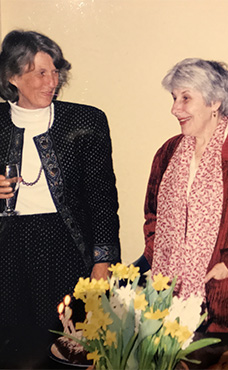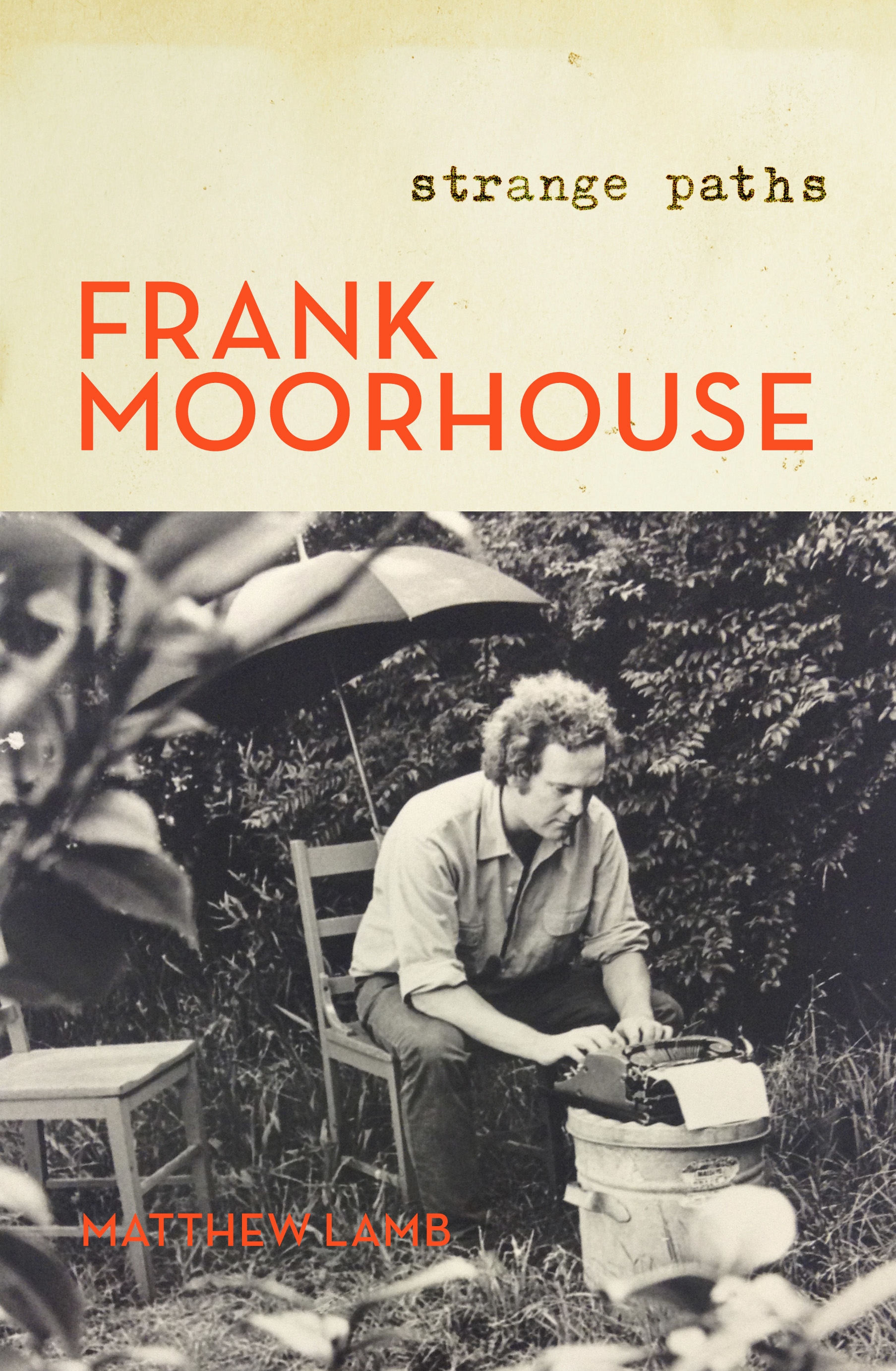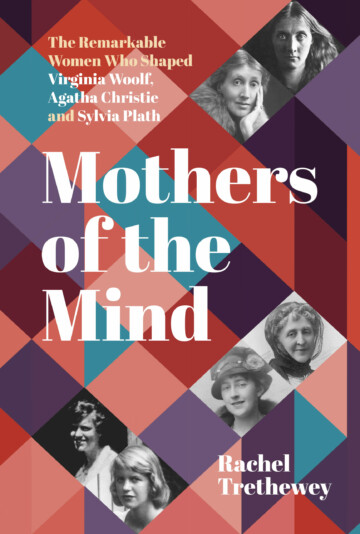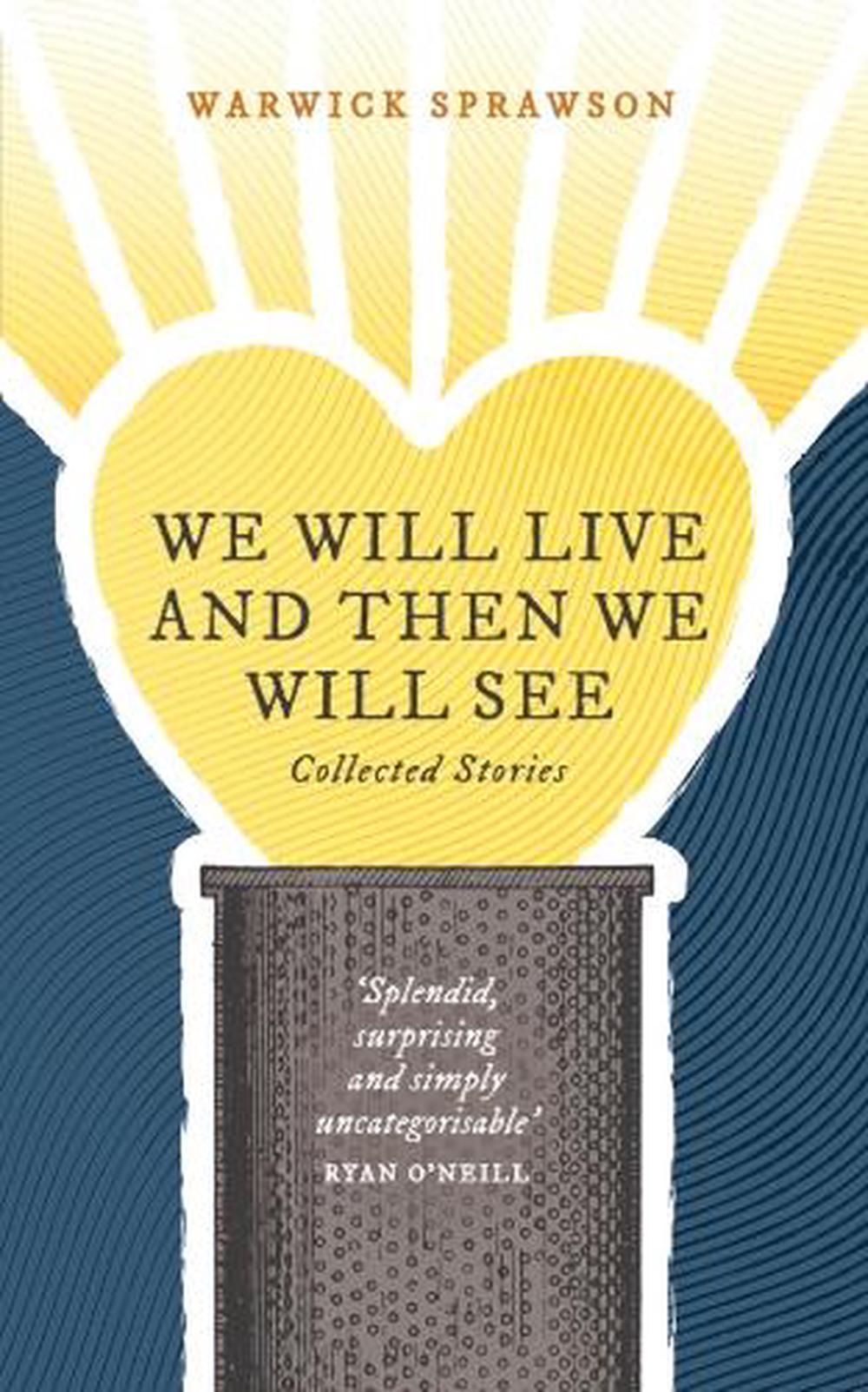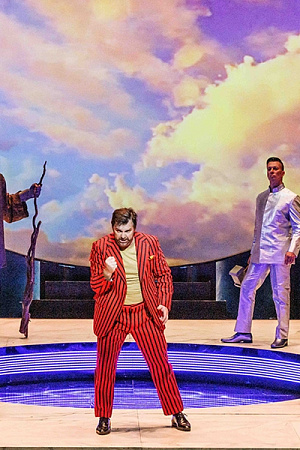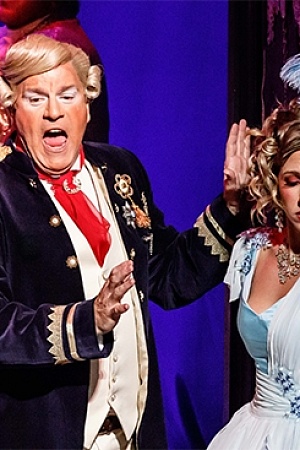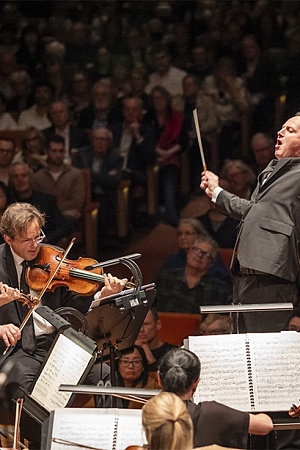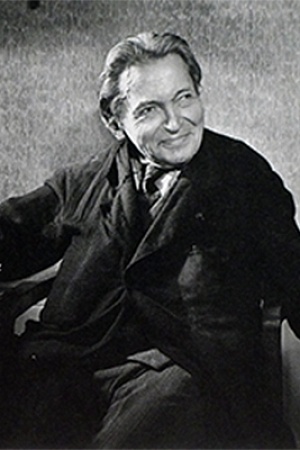Monteverdi's Vespers
In a Reith lecture delivered in 2017, Hilary Mantel noted that we ‘don’t reproduce the past, we create it’. It’s an observation that holds as true for the historical performance movement as much as it does for historians more generally. An especially apposite example of it is the rise of Claudio Monteverdi’s Vespers of 1610 to prominence as a concert piece over the past seventy-five years. That rise, incidentally, is also one in which an Australian woman, Louise Hanson-Dyer, played a very significant role. The 1954 recording of the Vespers released under her L’Oiseau-Lyre label stands as one of the signature events in the history of the work’s re-emergence.
Today, the Vespers is recognised, alongside Bach’s Mass in B Minor and Beethoven’s Missa Solemnis, as both a summation of the particular composer’s art and a centrepiece of the Western musical canon. Curiously, the Vespers also shares with Bach’s Mass the fact that we are not at all sure why it was even composed. In Monteverdi’s case, however, we are a little more sure as to why the work may have been published. Then in his early forties, Monteverdi (1567–1643) was looking to move from his position as a court musician in Mantua to a more prestigious (and lucrative) role as a maestro di cappella in one of the grand papal chapels. By publishing the Vespers, alongside a few other selected works, he demonstrated that he could also apply his already consummate skills as a madrigalist and opera composer to large-scale sacred music. Three years later, he was rewarded with a post at St Mark’s in Venice, now the cathedral of the city’s Roman Catholic archdiocese.
Continue reading for only $10 per month. Subscribe and gain full access to Australian Book Review. Already a subscriber? Sign in. If you need assistance, feel free to contact us.

